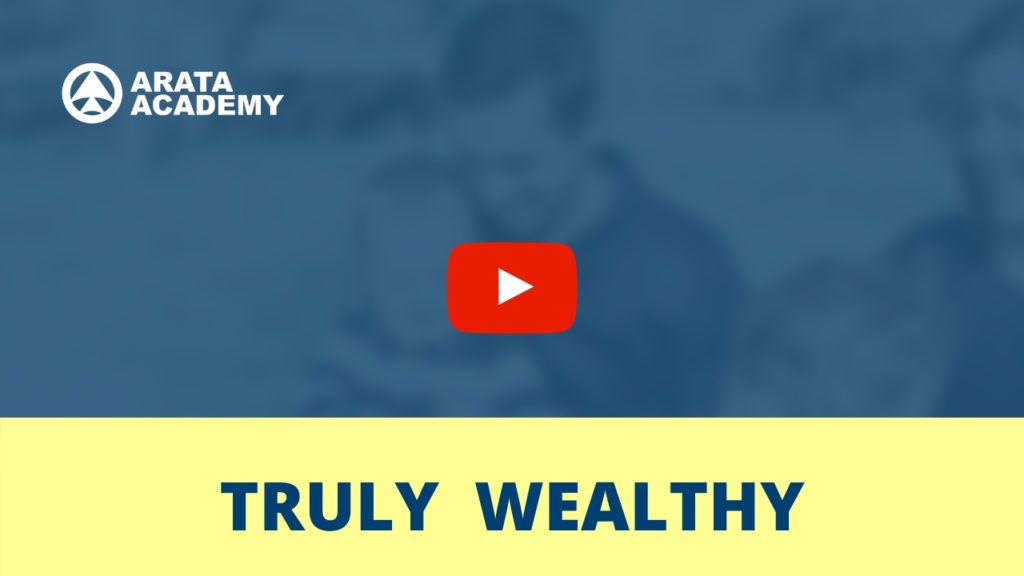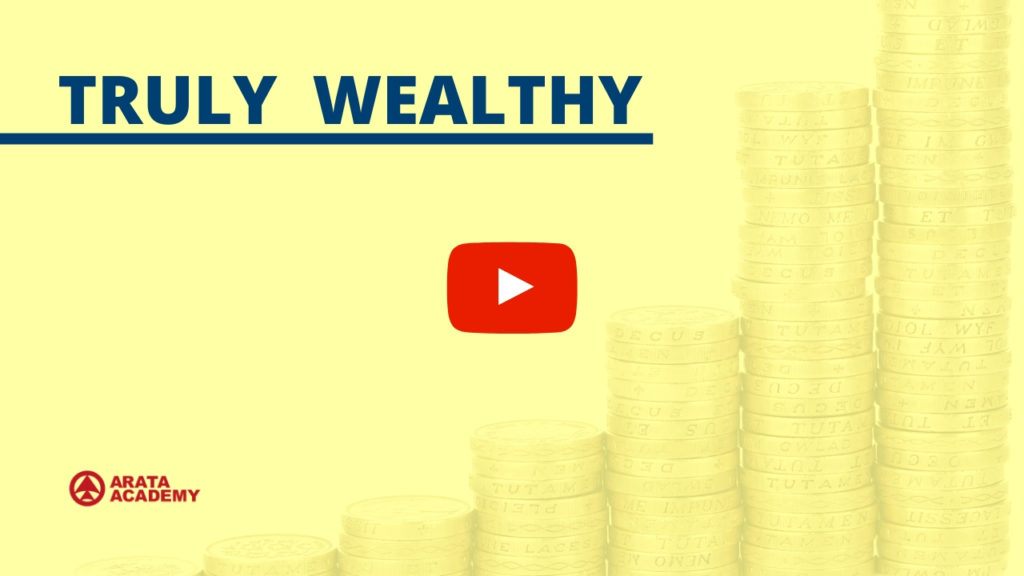Hello! Seiiti Arata. Take a look at this drawing for a second. Now please take a pen and a small piece of paper. Ready?
Okay. Now imagine the following situation: this drawing that you just saw has a curse that causes sudden death exactly one month after looking at it. But this curse only affects a small portion of the population, and therefore the chance of you dying after seeing this drawing is one percent.
Let’s continue our imagination exercise. Imagine now that there is a magic potion that serves to remove the curse. And I have one dose of this antidote, which will be available only to the person who offers the greatest amount of money in the comments. So the question is: what is the maximum amount you would be willing to pay to receive the healing potion? (If you don’t have money, just imagine that you can borrow money without interest, and you will pay out of your salary for several years ahead. In other words, money is no problem. The question is not how much you have available today to pay for the cure. The question is how much you would be willing to pay.)
Please write down how much you would pay in scenario 1.
Ready? Now imagine the scenario 2, which is very similar, but with some differences. Forget scenario 1.
Suppose I tell you that I have a hidden drawing that you have not seen yet. It is a drawing with a curse that has the same 1% chance to kill you. The question you need to answer now is:
What is the minimum amount of money I would need to pay you to look at the picture? How much would you require to volunteer and expose yourself to the risk?
Write down the answer, and now let’s do something very interesting, which will serve as an experiment here on YouTube. Please use the comments and tell us your answers to the questions in scenarios 1 and 2. Do not read the response from others for now—you should not be influenced by the opinions of others. Write the answers that you noted on your paper.
Ready? First, you can breathe calmly because this drawing has no curse—it was just an exercise in imagination to understand something very interesting that behavioral economists have been studying.
Using purely logical or economic reasoning, the answer to the two scenarios should be about the same.
In the first scenario, you stated the price you are willing to pay to remove the 1% risk. And in the second scenario, it is the price that you would charge to be exposed to the 1% risk.
So at the end of the day, what we are asking here is the price you assign to a fatality risk of 1%.
However, the current theories of behavioural economics tell us that people have little motivation to remove an existing risk (scenario 1), but they are willing to give up big gains to avoid exposure to risks (scenario 2).
This is what we call [loss aversion].
Perhaps you’ve heard that the pain of losing is more intense than the pleasure in the gain.
And what does all of this mean in your life?
What decision did you avoid taking this year because there was a chance (however small) that things might go wrong, and you would regret it?
Maybe you’re not willing to take a risk to reap big gains in the future? Because of loss aversion, you might prefer to go on with life the way it is, rather than tolerate a small chance of failure.
How many nasty problems already exist in your life that you do not mobilize to solve?
Where are you accommodating these problems? In what areas are you unwilling to invest in order to improve?
Of course we want to avoid risks, especially fatal risks. But we should want to avoid risks in an intelligent way. And in today’s video we see that it does not seem very consistent to pay one price to remove an existing risk and to charge a very different amount to be exposed to an equal risk.
For example, let’s say a person would pay a maximum of two thousand for the antidote but would only accept being exposed to the risk for a million. This is a classic problem of irrationality motivated by psychological forces.
And remember, in the exercise we said that money is no problem, because you could borrow money at no interest.
In 1906, Vilfredo Pareto said that the basis of all social science is psychology. And one day we may all realize that it is possible to deduce the laws of social science from psychology. So I always recommend to anyone who is interested in improving their financial situation, begin by studying psychology and explore the way we make decisions. That’s what we do in our course on financial enrichment! Click on this link to learn more: http://arata.se/4horsemen.

